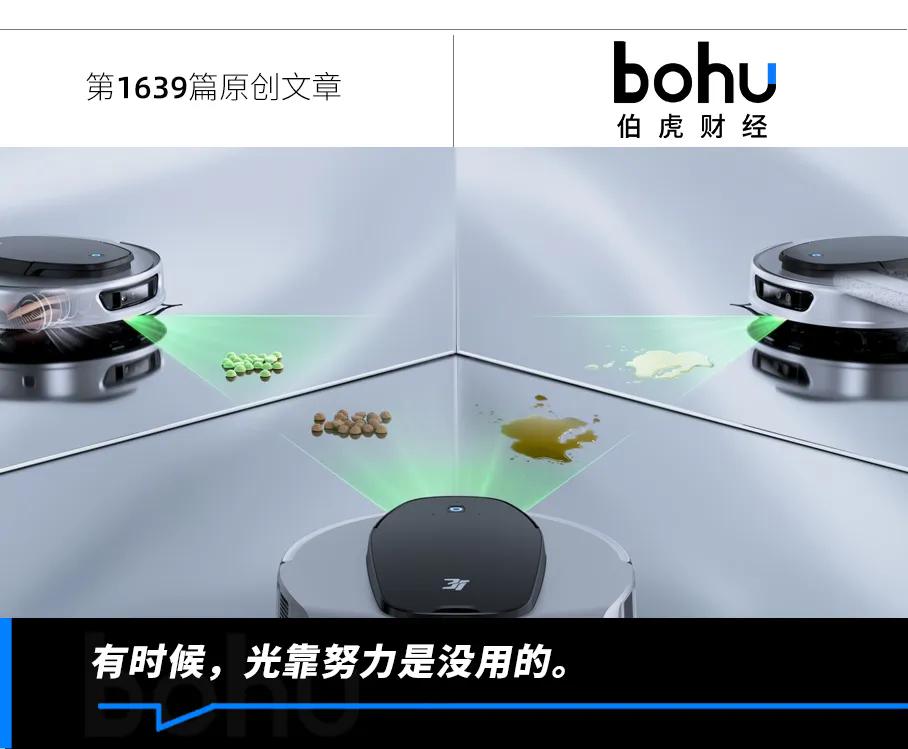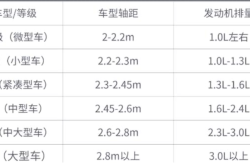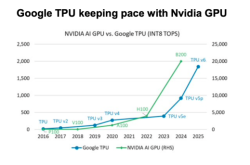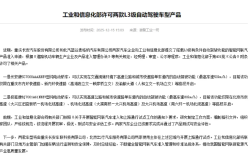Robot Vacuum Cleaners, Trapped in a Besieged City
![]() 09/12 2025
09/12 2025
![]() 695
695

Source | Bohu Finance (bohuFN)
Author | Meng De
Recently, a post on Xiaohongshu sparked widespread discussion about robot vacuum cleaners. When struggling to choose a robot vacuum cleaner, one netizen commented, 'Since I can't decide which one is better, I'll choose a company that treats its employees better.'
This comment, to a considerable extent, reflects the awkward situation of the robot vacuum cleaner industry.
In the past, robot vacuum cleaners were a representative category of home appliance consumption upgrades. With the iteration of navigation methods, the addition of mopping functions, and the popularization of automatic dust collection, consumer experience has been significantly enhanced. However, now mainstream products almost all come standard with laser radar navigation, AI recognition, and base station self-cleaning. The parameter gaps are gradually narrowing, and the differences in users' intuitive experiences are becoming increasingly blurred.
Correspondingly, a large influx of funds has plunged industry participants into marketing wars, price wars, and R&D battles with limited effectiveness. Therefore, even though the industry is still experiencing rapid growth and domestic penetration is far from reaching international levels, major players, including Roborock and Ecovacs, are facing the dilemma of increasing revenue but declining profits and need to find new growth points.
In fact, similar situations are not unfamiliar in the history of consumer electronics. After high definition became standard in the color TV industry, differences gradually disappeared, and price became the standard. Robot vacuum cleaners are currently on the same path.
01 Increasing Revenue but Declining Profits
If we only look at shipment volume, robot vacuum cleaners are still maintaining a strong momentum.
In 2024, global shipments reached 20.6 million units, a year-on-year increase of 11.2%. Sales amounted to $9.31 billion, a year-on-year increase of 19.7%. Not only is the growth fast, but the market still has considerable room for expansion. According to Statista, the penetration rate of robot vacuum cleaners in China is about 6%, far lower than the 10% in European and American countries.
However, from a market perspective, the industry appears somewhat stagnant. Industry concentration is a good indicator to evaluate an industry's maturity. In the early stages of industry development, there are often many players competing. However, even on a global scale, four out of the top five players are from China (Roborock, Ecovacs, Xiaomi, and Dreame), with a combined market share of 47.5%. In China, several leading companies, including Ecovacs, Roborock, Yunjin, and Dreame, have divided up 90% of the market.
The rapidly growing market and highly mature competitive landscape have led industry players to adopt strange growth postures—increasing revenue but declining profits.
Roborock's revenue surged by 38% in 2024, but net profit decreased by 3.6%. In the first quarter of 2025, revenue soared by 86% year-on-year, but net profit dropped by 32.9%. Ecovacs is in a similar awkward (awkward) situation: revenue continues to grow, but net profit is less than half of what it was in 2021.
The reasons are not difficult to understand.
On the one hand, as a tech product, intelligent experience is crucial for industry competition, which also leads to high R&D costs. Roborock's R&D expenses have increased year after year from 2016 to 2024, reaching 971 million yuan in 2024 alone, a year-on-year increase of 56.9%.
However, current industry R&D is increasingly constrained by costs and form factors. For example, Roborock's laser tower solution is limited by the height of the device body. At the same time, due to the frequent mobility of technical personnel, homogeneous competition is relatively common in the industry.
From the user's perspective, the revolutionary experience brought by innovative achievements is not strongly felt, while the impact of price increases is very obvious. Consumers have simple demands: cleanliness and peace of mind. However, the reality is that the automatic cleaning base station still requires frequent cleaning of the filter and water tank, the machine occasionally malfunctions, and it is still ineffective against grease stains. On Black Cat Complaints, there are over 13,000 complaints about 'robot vacuum cleaners,' with the first 100 complaints almost all related to product failures and after-sales issues.
On the other hand, marketing expenses have become another major burden. Robot vacuum cleaners are typical low-frequency durable goods with low repurchase rates, and new user acquisition almost entirely relies on channels and advertising. Ecovacs' sales expenses have consistently accounted for over 30% of revenue, far higher than R&D spending. Roborock's sales expenses in 2024 surged by 73% year-on-year. Therefore, the more advertising is invested, the greater the revenue, but the profit is further diluted.
More critically, the price war has become prolonged. Early high-end models were priced at over 5,000 yuan, but now online products priced between 2,000 and 3,000 yuan can be equipped with all-around base stations and AI mapping. Leading manufacturers continuously lower prices to capture market share, resulting in a cycle of 'revenue growth but declining profit per unit.'
Although labeled as 'smart hardware,' the business of robot vacuum cleaners is increasingly resembling that of durable consumer goods.
02 Expensive Trial and Error or Bypassing the Obstacles?
If, as a product, robot vacuum cleaners find it difficult to significantly improve the user experience in the short term, as companies, robot vacuum cleaner players are not without options.
Going overseas is the first choice.
As mentioned earlier, domestic robot vacuum cleaner companies have essentially defined the industry, with North America and Western Europe being the largest markets after China. Bypassing the domestic market is also a way to avoid intense competition.
Relying on a combination of Amazon and independent websites, Roborock's overseas revenue exceeded 6 billion yuan in 2024, surpassing the domestic market. Ecovacs has established a strong presence in Europe, attempting to replicate the globalization path of white goods companies. Overseas markets offer higher purchasing power and brand premium, which can somewhat alleviate domestic profit anxiety.
Latercomer Yunjin is also rapidly expanding its global business. In 2024, Yunjin's overseas revenue increased nearly sevenfold year-on-year, with product exports expanding to over 30 countries or regions. According to public reports, a relevant person in charge stated, 'It is expected that by 2025, Yunjin will cover more than 50 overseas markets, and its overseas business is expected to grow by 3-4 times.'
Another option is cross-industry expansion.
Although DJI's entry into the robot vacuum cleaner market shocked the industry, Dreame in the robot vacuum cleaner sector is the true cross-industry enthusiast. In August of this year, Dreame Technology announced its official expansion into the drone business, strategically positioning itself in the trillion-dollar low-altitude economy sector. Dreame stated that it is actively assembling a professional drone R&D team, and the core team structure has begun to take shape. Also in August, Dreame officially announced its entry into the automotive sector, with its first ultra-luxury pure electric product directly competing with the Bugatti Veyron, planned to debut in 2027.
This company initially started with cordless vacuum cleaners, with its core strength lying in high-speed motors and aerodynamics. Now, it continuously extends this technological main storyline : first entering the action camera market, encroaching on the territory of GoPro and DJI; then venturing into drones, bringing its motor and sensor advantages to the skies; and even announcing its entry into the automotive sector, using electric drive systems as a breakthrough.
On the surface, the spans are astonishing, but the core logic remains consistent: seeking new application scenarios around the 'fundamental hardware capability' of motors.
The problem is that almost all these sectors are dominated by giants. The action camera market is highly saturated, DJI's drone moat is extremely deep, and the automotive sector is a heavy asset game involving capital, supply chains, and brands. Whether Dreame's cross-industry moves can establish a true industrial position still requires long-term validation.
However, from an industry perspective, behind these various explorations by companies is the fact that when profits in their core business are compressed, robot vacuum cleaner manufacturers have to seek a bigger story. This is a bold move to break the mold but may also become an expensive trial and error.
03 Conclusion
A decade ago, robot vacuum cleaners carried the vision of 'liberating hands.' A decade later, they are more of a psychological comfort. The industry lingers between feature stacking and price wars, neither truly transcending the logic of home appliances nor fulfilling the promise of 'smart living.' In the future, its destination is more likely to be 'the next Gree' rather than 'the next Apple': winning the market through scale, efficiency, and durability rather than relying on 'one more radar' to command a premium.
However, in reality, the average domestic selling price is on the rise: the online average price exceeds 3,000 yuan, and the offline average price approaches 5,000 yuan. This means that consumers are not unwilling to spend money but have not yet seen true value differentiation.
Ultimately, 'smart' boils down to two words: user-friendly.
The copyright of the cover image and accompanying pictures in the article belongs to the respective copyright owners. If the copyright holders believe that their works are not suitable for public browsing or should not be used free of charge, please contact us promptly, and our platform will make corrections immediately.







